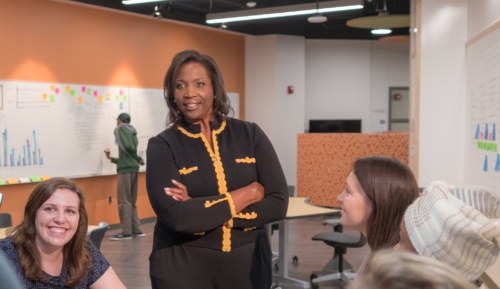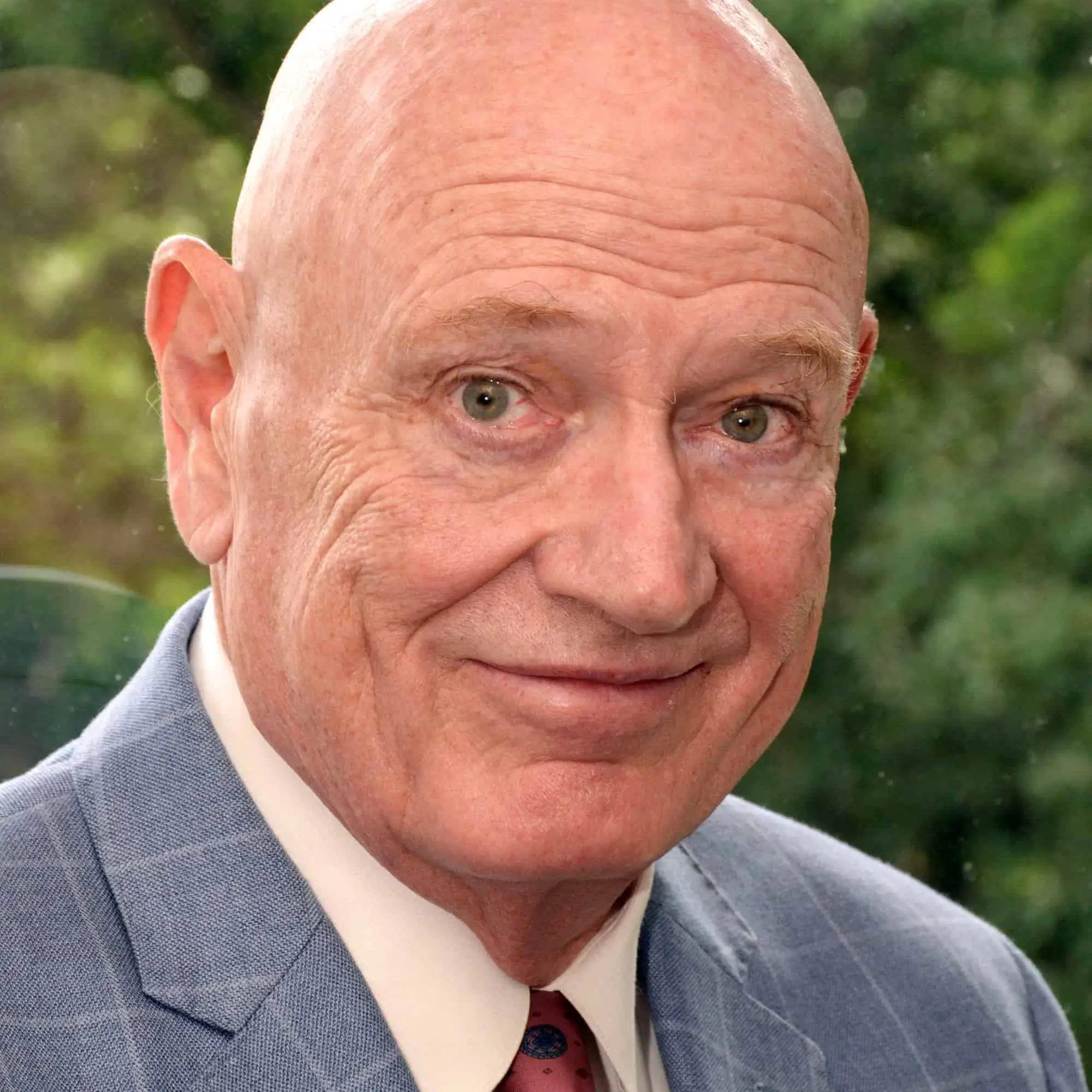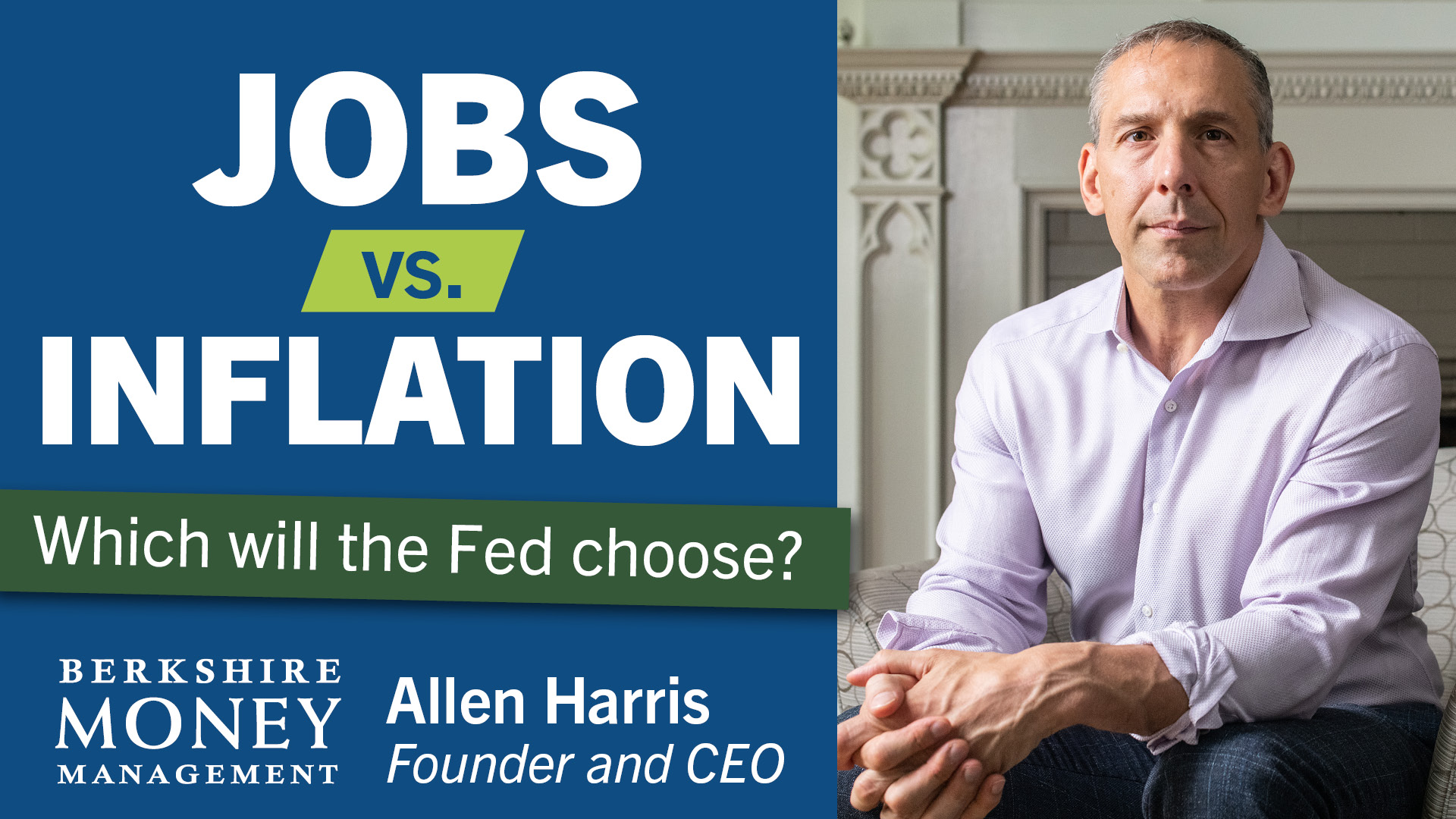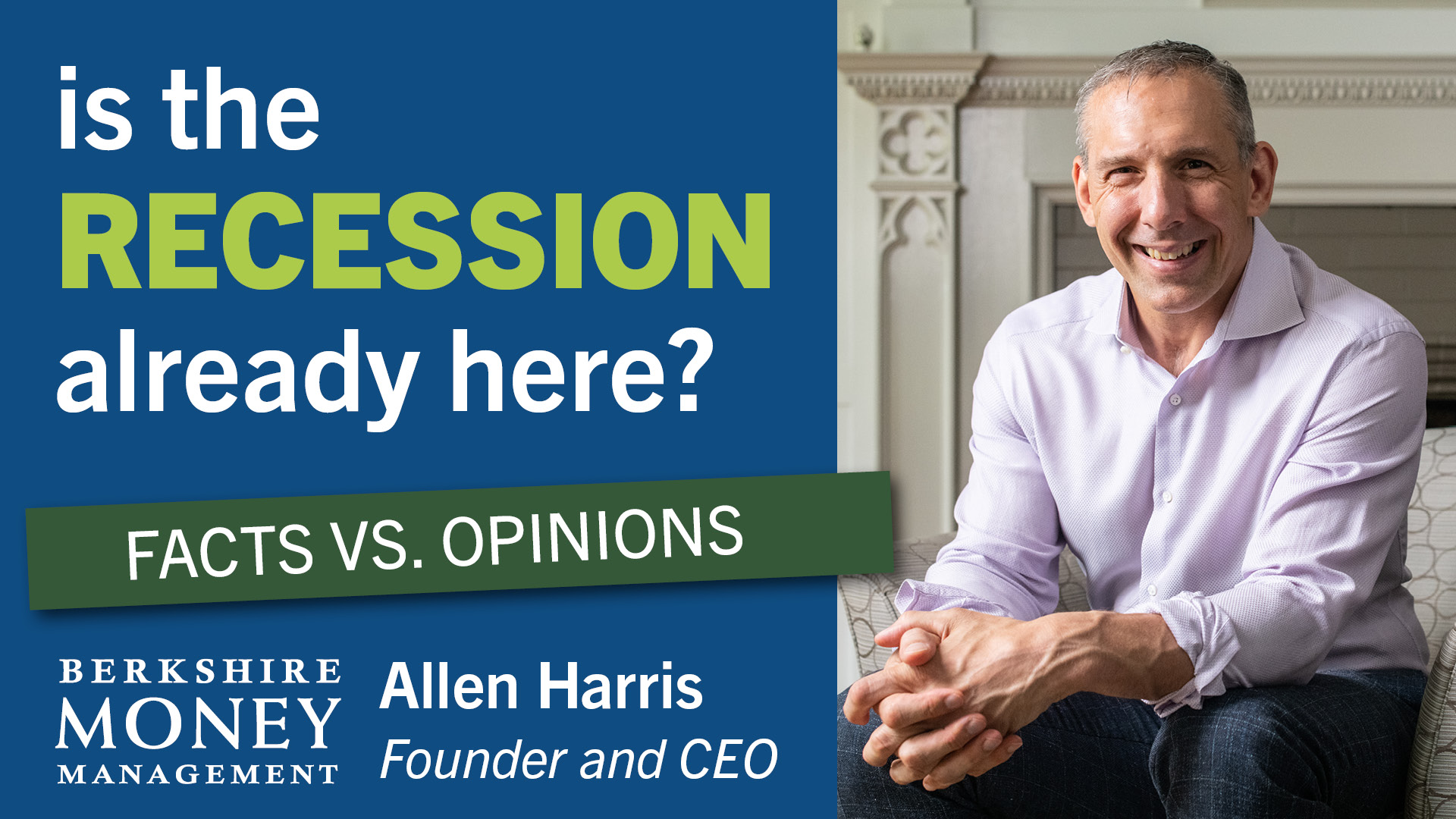A new female Fed


Just before Martin Luther King, Jr. Day, President Biden announced three new nominations to the Federal Reserve Bank Board, two of which are women. If the U.S. Senate approves, women would then account for most of the Federal Reserve Bank’s seven-member board.
Lisa Cook and Sarah Bloom Raskin, if confirmed, would join Lael Brainard, who President Biden picked as vice chair, and Michelle Bowman, who is already a board member. In addition, Lisa Cook would be the first Black woman on the board. Women are still in the minority, however, if you include all the Federal Reserve Bank’s regional presidents, but the board is where the voting power resides. All-in-all, I say hip-hip hurrah for women!
Don’t get the idea that women have been excluded from Fed membership in the past. Plenty of women have served on the central bank’s policy-making team and Janet Yellen, the present U.S. Secretary of the Treasury, held the top spot between 2014 to 2018. Secretary Yellen, in commenting about the president’s picks, remarked that the U.S. economy has “never really worked” for Black Americans, “or really for any American of color.”
In my opinion, the proposed composition of the board would better reflect the actual population of the United States. Women, for example, account for 80% of all consumer spending decisions in the U.S., including 93% of the decisions on food purchases and 65% of automobile purchases. They are the ones who notice inflation, price changes, the cost of day care, and how badly rising prices can stretch the family budget.
If we do see a new composition of the Fed board, don’t expect any big changes to monetary policy any time soon. The Fed is still bound and determined to quell inflation, even if that means tighter monetary policy during the next several months. However, the two women nominees for board governors, plus Phillip Jefferson, the third of President Biden’s nominations, are expected to place their focus on a healthy labor market.
All three would have a permanent vote on monetary policy (unlike regional Fed presidents who rotate) and their influence over the economy could outlast the administration that appoints them. All three nominees have, in the past, articulated their commitment to assist workers and to forge greater racial equality. In order to do so, I am betting that the three would be reluctant to push interest rates higher once the inflation scare is resolved.
In the case of Sarah Bloom Raskin, who would be the Fed’s top regulator, the Fed’s growing focus on climate change could also be strengthened. Raskin, who served as a Fed governor from 2010 to 2014, has advocated the need for financial regulators to prevent climate change from becoming a systemic risk to the banking system.
She sees a need for financial regulatory agencies, like the Fed, to go beyond analysis and planning and face the danger of climate change head on. She argues that the Fed and others should be assisting firms in addressing the risks of climate change and also play an active role in reducing emissions.
Getting past the U.S. Senate will not be an easy task for the president’s picks. The top Republican on the Senate banking Committee, Pat Toomey, has already expressed ‘serious concerns’ about the Raskin nomination. It remains to be seen what opposition forms in the coming days over President Biden’s remaining nominees.
One can be sure, however, that if by some miracle, all three successfully survive the U.S. Senate gauntlet, the future Fed will be more explicitly pro-worker and probably far more attune to the country’s needs than ever before.





